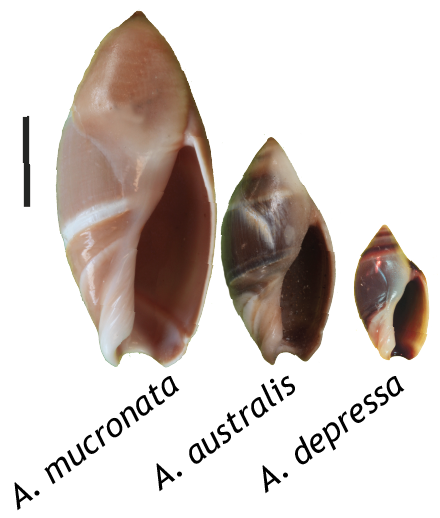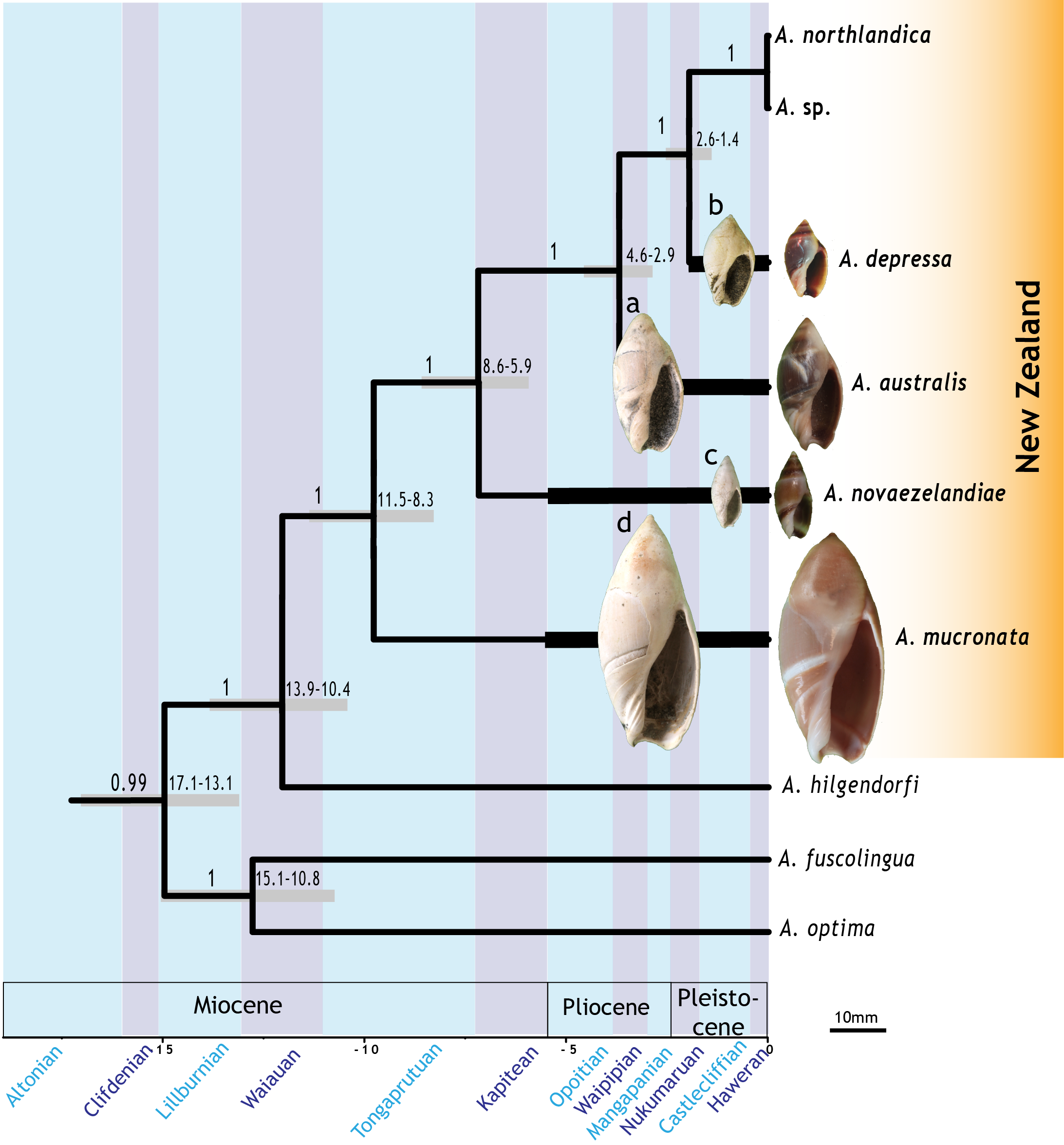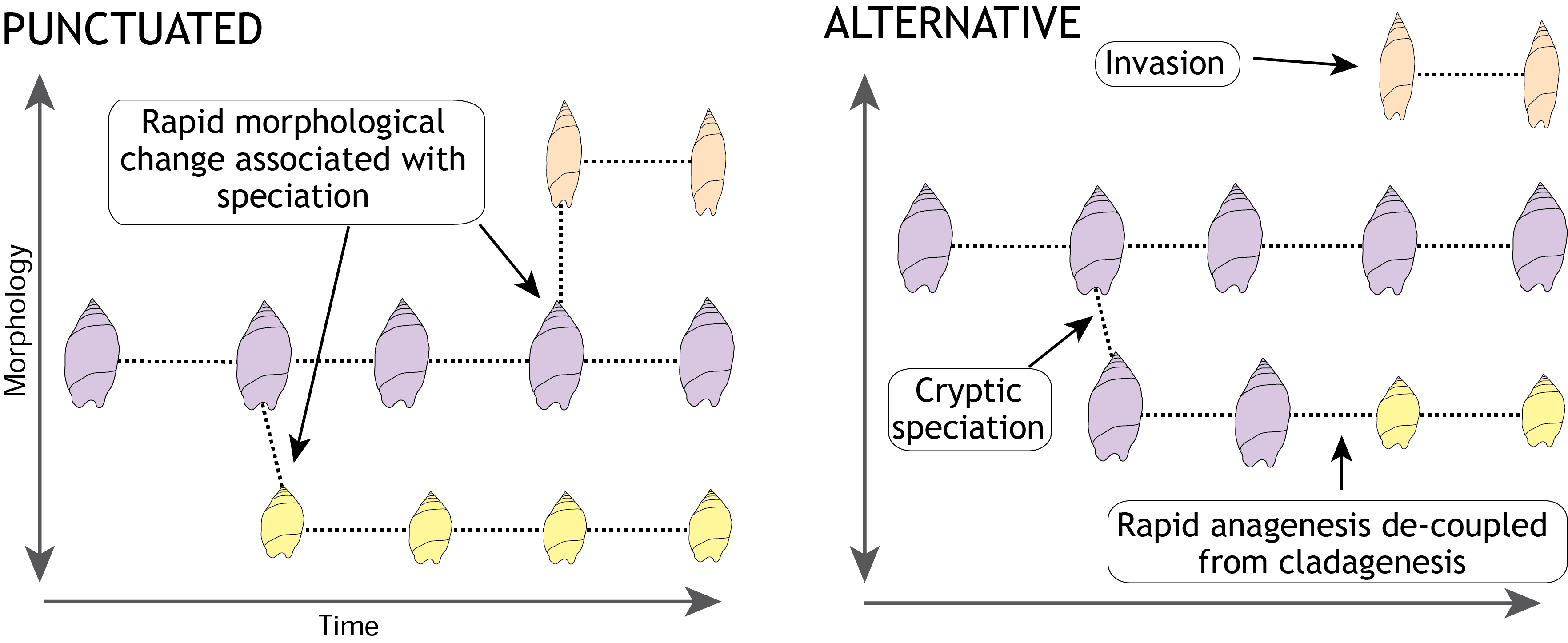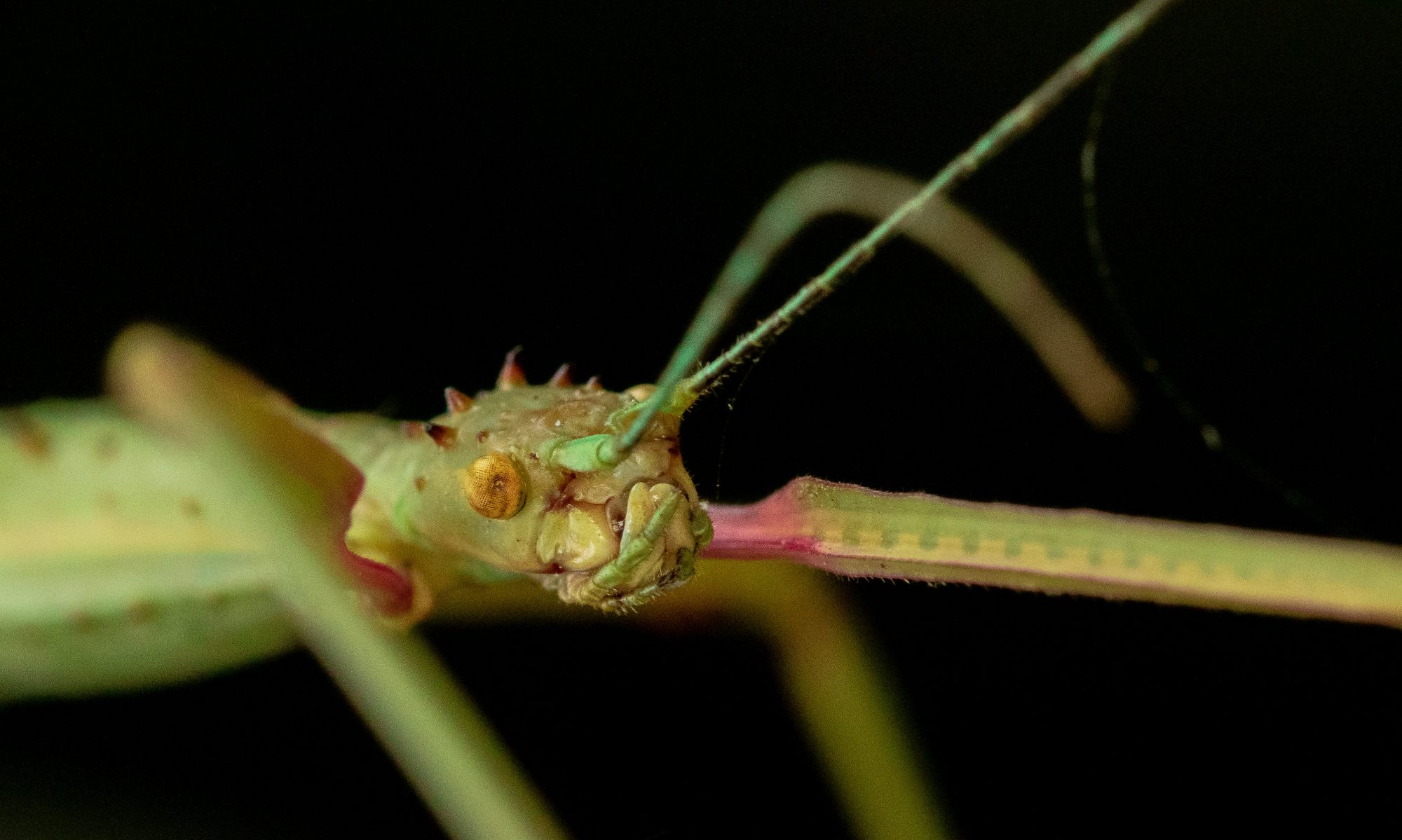The theory of punctuated equilibrium has two important elements, one is that evolutionary lineages can remain morphologically unchanged for millions of years, the other is that rapid morphological change is associated with speciation.
One of the best examples of morphological stasis within biological species comes from the New Zealand Olive Shells (Amalda australis, A. depressa, A. mucronata).
New research on olive shells has just been published: “Phylogenetic topology and timing of New Zealand olive shells are consistent with punctuated equilibrium“.
In this paper we have shown that the three species of New Zealand marine snails (Olive shell Amalda spp) cited by Stephen Jay Gould as important examples of stasis are part of a monophyletic New Zealand clade. This suggests that their evolutionary history has unfolded on the continental shelf around New Zealand, with new species evolving from ancestors in the same region. Using DNA sequences and a molecular clock analysis we determined that lineage splits (speciation) occurred before the 2–3 million years of morphological stasis identified within each of these three species.

We have yet to confirm morphological change revealed in the fossil record with the origin of new species, but our study indicates that new taxa in the New Zealand fossil record is not likely to be the result of colonisation by long-distance dispersal of Amalda species from other parts of the world, but instead, represent local evolution.

Quote from SJ Gould (1991)
“The best treatment of this objection [that fossil taxa are not biological species] must be sought in studies of living species with good fossil records—where direct surveys can be made for correspondence of a morphological package with a true biological species, and the origin and history of the same package can then be traced in the fossil record and assessed for punctuated equilibrium. I am delighted to report that two such pioneering studies have been published in the past few years, and both support punctuated equilibrium.
New Zealand biologist B. Michaux did a morphological and genetic survey of four species in the snail genus Amalda. He found no cryptic populations; each morphologically defined package corresponds perfectly with a biological species. Three of these species extend back in the New Zealand fossil record for several million years. In an elegant, multivariate study of morphological pattern, Michaux demonstrated stasis throughout the ranges of all species. He concludes (in the Biological Journal of the Linnaean Society of London, vol. 38, 1989): This study demonstrates that fossil members of three biologically distinct species fall within the range of variation that is exhibited by extant members of these species. The phenotypic trajectory of each species is shown to oscillate around the modern mean through the time period under consideration. This pattern demonstrates oscillatory change in phenotype [our jargon for overt morphological appearance as contrasted with underlying genetics, or genotype] within prescribed limits, that is, phenotypic stasis.
